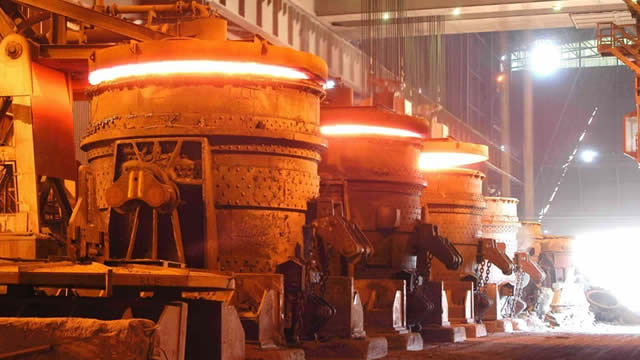The Impact of China on the Price of iPhones: A Closer Look
The rumors of a $4,500 iPhone may have sent shivers down the spines of Apple fans worldwide. However, it’s essential to understand that this price tag was based on certain assumptions that may not hold up in reality. Let’s delve deeper into this topic and explore the role China plays in keeping iPhone prices relatively affordable.
iPhones: Made in China
Apple Inc. (NASDAQ: AAPL) has been manufacturing its iPhones in China since 2011. Foxconn, a Taiwanese electronics manufacturer, is the primary assembler of iPhones in China. Apple’s decision to manufacture iPhones in China was driven by several factors, including lower labor costs, a large and skilled workforce, and China’s well-developed logistics infrastructure.
The Cost of Going Elsewhere
The prospect of Apple producing iPhones outside China, with parts not made in China, has led to speculation about the potential price increase. The cost of labor, raw materials, and transportation would all be higher in other countries, leading to a more expensive iPhone. For instance, the cost of labor in the United States is significantly higher than in China. According to the Bureau of Labor Statistics, the average hourly wage in the United States was $28.56 in January 2023, compared to just $0.58 in China.
- Labor Costs: Higher labor costs would result in a more expensive iPhone.
- Raw Materials: The cost of raw materials, such as aluminum and glass, would also be higher outside China.
- Transportation: The cost of shipping iPhones from other countries would add to the final price tag.
The Impact on Consumers
If Apple were to produce iPhones outside China, the cost to consumers would undoubtedly increase. The extent of the price hike would depend on the specific circumstances, including the cost of labor, raw materials, and transportation. However, it’s reasonable to assume that an iPhone priced at $4,500 is an extreme example and not representative of the actual price increase.
The Impact on the World
The global supply chain is intricately connected, and the iPhone is a prime example of this interconnectedness. Apple sources components from various countries, including Japan, South Korea, and the United States. If Apple were to shift production to other countries, it could have ripple effects on those economies. For instance, Taiwan is a significant supplier of semiconductors to Apple. A decrease in Apple’s demand for semiconductors could negatively impact Taiwan’s economy.
Conclusion
In conclusion, the feared $4,500 iPhone price tag was based on assumptions that may not hold up in reality. Apple’s decision to manufacture iPhones in China has kept production costs relatively low, allowing the company to offer iPhones at affordable prices. If Apple were to shift production to other countries, the cost of iPhones would undoubtedly increase. However, it’s essential to keep in mind that the actual price hike would depend on various factors, including the cost of labor, raw materials, and transportation. Ultimately, the global economy is interconnected, and any significant changes in one sector can have ripple effects on other economies.
We hope you found this exploration of the role China plays in keeping iPhone prices affordable both informative and engaging. Stay tuned for more insights into the world of technology and finance!





